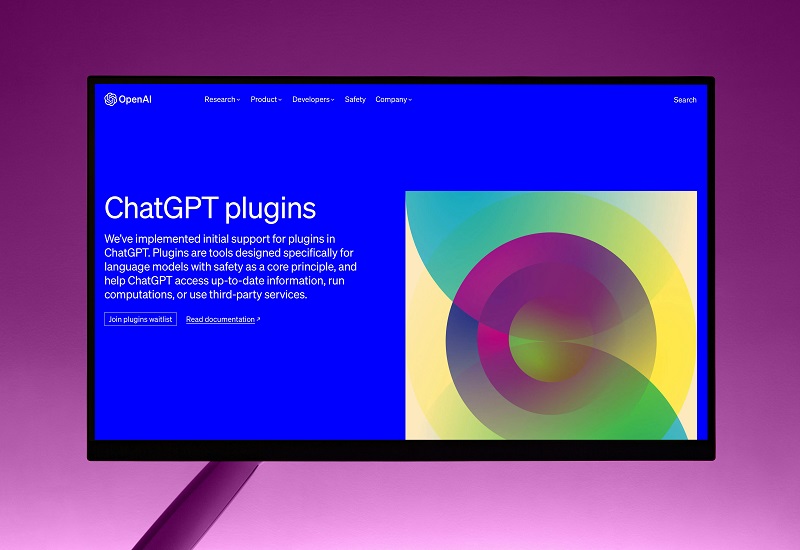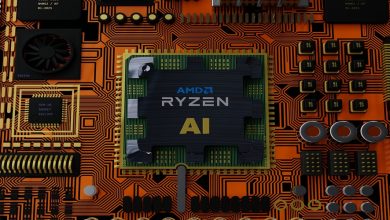AI Art for Professional Artists: Tools and Techniques to Enhance Your Work

Artificial Intelligence (AI) art is transforming the creative process for professional artists and creators. By combining AI tools and techniques into their workflows, artists can enhance their work, explore new mediums, and push the boundaries of traditional art forms. As AI technology continues to evolve, it offers exciting possibilities for the future of art. Embracing AI as a partner in creativity can lead to unprecedented artistic expression and innovation.
Understanding AI Art:
The Intersection of Art and Technology:
Artificial intelligence in art is not just a futuristic concept; it is a present reality that is transforming how art is created, perceived, and appreciated. AI art involves the use of algorithms and machine learning to generate, modify, and enhance artworks. This technology allows artists to experiment with new styles, automate tedious tasks, and push the boundaries of traditional art forms.
Key AI Techniques in Art:
There are several key AI techniques that artists can use to enhance their work:
Generative Adversarial Networks (GANs):
These algorithms generate new images by pitting two neural networks against each other, resulting in highly realistic and imaginative creations.
Style Transfer:
This technique involves applying the artistic style of one image to the content of another, creating unique and captivating visuals.
DeepDream:
Developed by Google, DeepDream enhances and amplifies patterns in images, producing dream-like, surreal visuals.
Neural Style Transfer:
Similar to style transfer, but with more complex and detailed transformations.
Tools for AI Art:
Popular AI Art Tools:
Several AI tools are available to professional artists, each offering unique features and capabilities:
DeepArt.io:
DeepArt.io uses neural networks to apply artistic styles to images. Artists can upload their photos and choose from a variety of styles to create stunning artworks.
Runway ML;
Runway ML is a versatile platform that offers various AI models for artists. It includes tools for image synthesis, style transfer, and more, allowing for extensive creative experimentation.
Artbreeder:
Artbreeder allows artists to create and explore new images by blending different artworks. It uses GANs to generate high-quality visuals and offers a collaborative environment for artists.
Daz 3D:
Daz 3D provides AI-powered tools for creating 3D art and animations. It offers realistic character models and environments, making it ideal for digital artists working in 3D.
Adobe Sensei:
Adobe Sensei is integrated into Adobe’s suite of creative tools, offering AI-powered features for image editing, video production, and graphic design. It enhances productivity by automating repetitive tasks and providing intelligent suggestions.
Techniques to Enhance Your Work:
Integrating AI into Your Workflow:
Idea Generation:
AI can be a valuable tool for generating new ideas and concepts. By experimenting with different algorithms and models, artists can discover unique styles and compositions that they might not have conceived otherwise.
Automating Repetitive Tasks:
One of the significant benefits of AI is its ability to automate tedious and repetitive tasks. Tasks such as background removal, color correction, and image enhancement can be efficiently handled by AI tools, freeing up more time for creative work.
Enhancing Traditional Art:
AI can also be used to enhance traditional artworks. By applying neural style transfer or other AI techniques, artists can give their traditional paintings a digital twist, creating a fusion of classic and modern styles.
Collaborative AI Art:
Human-AI Collaboration:
Collaborating with AI does not mean replacing human creativity but rather augmenting it. Artists can use AI as a partner in their creative process, providing input and guiding the AI to achieve desired results. This collaboration can lead to unexpected and innovative outcomes.
Interactive Installations:
AI can be integrated into interactive art installations, creating dynamic and engaging experiences for viewers. These installations can respond to audience interactions in real-time, providing a unique and immersive art experience.
Exploring New Mediums:
3D Art and Animation:
AI-powered tools for 3D art and animation are transforming the industry. Artists can create realistic characters, environments, and animations with ease. AI algorithms can also assist in motion capture and animation, making the process more efficient and lifelike.
Augmented Reality (AR) and Virtual Reality (VR):
AR and VR are emerging as new mediums for art, and AI is playing a crucial role in their development. Artists can create immersive experiences where AI-generated elements interact with the viewer. This integration of AI with AR and VR opens up new possibilities for experiential art.
Practical Tips for Using AI in Art:
Stay Informed and Experiment:
The field of AI art is rapidly evolving, with new tools and techniques emerging regularly. Artists should stay informed about the latest developments and experiment with different AI models to find what works best for their style and workflow.
Balance AI and Human Creativity:
While AI can significantly enhance the creative process, it is essential to maintain a balance between AI-generated elements and human creativity. Use AI to augment your work, but ensure that your unique artistic vision remains at the forefront.
Ethical Considerations:
When using AI in art, consider the ethical implications. Issues such as copyright, authorship, and the potential for AI to replicate existing art should be addressed. Ensure that your use of AI respects the work of other artists and promotes ethical practices in the art community.
The Future of AI Art:
Emerging Trends:
Several emerging trends are shaping the future of AI art:
AI and Blockchain:
The intersection of AI and blockchain technology is providing new ways to authenticate and sell digital art. Blockchain can ensure transparency and secure ownership of AI-generated art.
AI in BioArt:
AI is being used to analyze and manipulate biological data, leading to innovative BioArt creations. This fusion of technology and biology is pushing the boundaries of what art can be.
The Role of AI in Art Education:
AI is also playing a role in art education. AI-powered tools can provide personalized feedback and suggestions, helping artists improve their skills. Additionally, AI can analyze large datasets of art to identify trends and patterns, providing valuable insights for art educators and students.
Conclusion:
Since the introduction and evolution of digital art, artificial intelligence (AI) is emerging as a game-changer for professional artists. By integrating AI tools and techniques into their workflows, artists can unlock new levels of creativity and efficiency. This article provides tips and insights on how professional artists can leverage AI to enhance their work.





